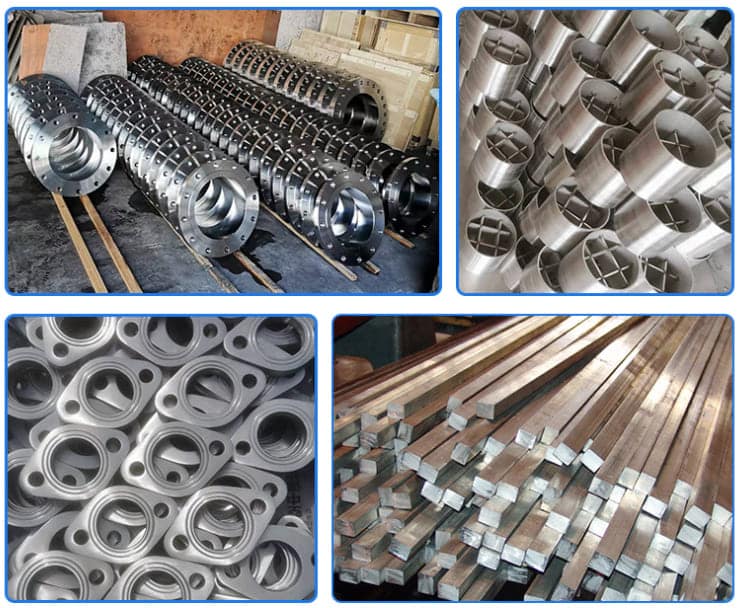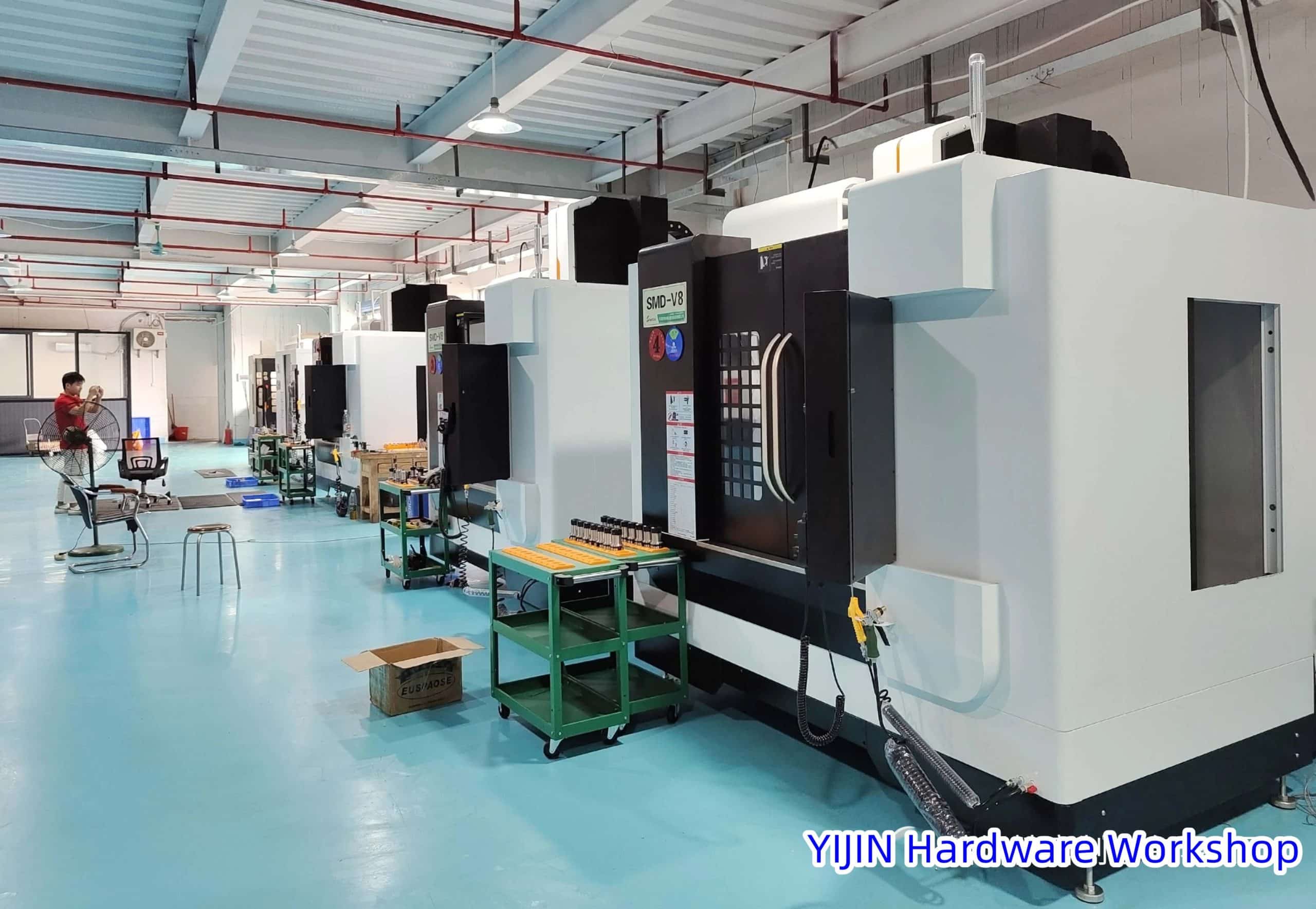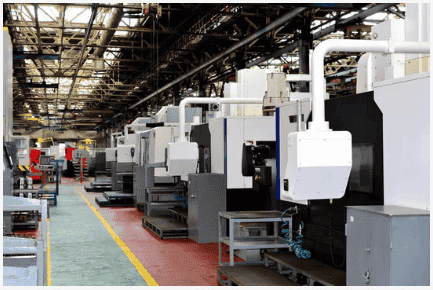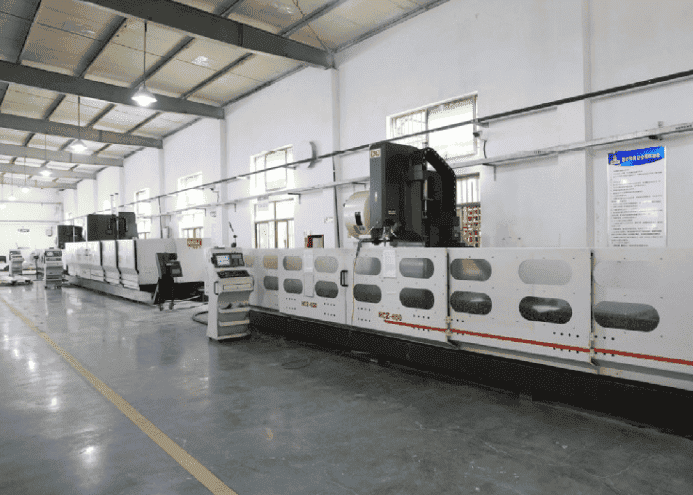Small batch cnc machining means using cnc to produce parts in small quantities. It is offered to be used to manufacture sample parts or prototypes for testing.
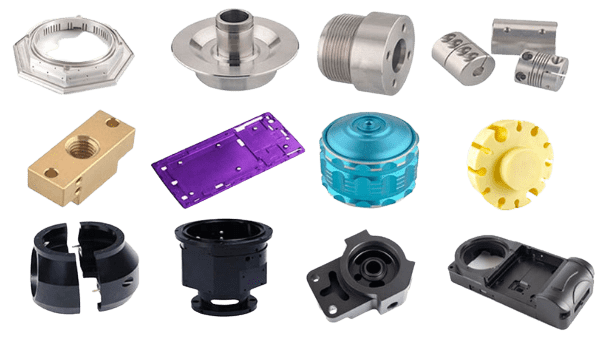
Benefits of Small Batch CNC Machining
Low Volume Production
One of the most significant benefits of small-batch CNC machining is the low volume, which allows the designer’s originality to shine through in the finished product of the manufacturing run.
When it comes to the creation of brand-new items, the key tenet of product development is the utilization of low-batch, CNC machining for the manufacturing of small quantities.
Verification of the Design
Small batch CNC machining offers several benefits, one of the most significant of which is design verification, which assists in indicating whether or not the structure is logical.
It makes it possible for manufacturers and designers to have a better understanding of the issues and, as a result, find solutions to those issues.
Increased Production Speed
The automated machining process is the ultimate source when it comes to increasing speed and quality in the production of small batches.
As a result, you won’t need to take arbitrary breaks while working, which eliminates a potential bottleneck that might slow down your processing.
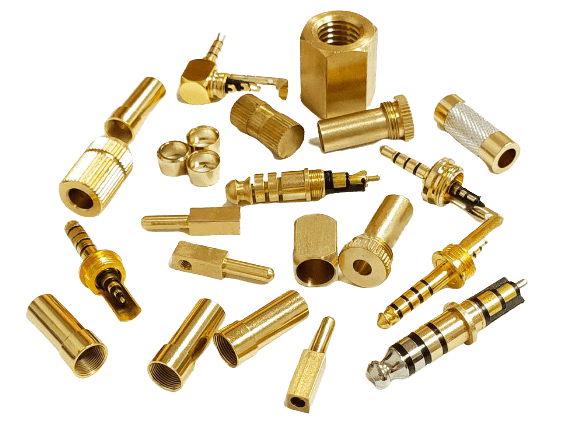
Cost-Effective
Small-batch CNC machining, in contrast to every other type of machining technique, is extremely cost-effective since it does not require operators for each machine.
It can function at its highest level of efficiency with a reduced number of machine operators to make items in small batches with a minimum of mistakes occurring in the production process.
Design Guidelines to Consider for Small CNC Machining
The following are some of the design considerations that should be considered before small-batch CNC machining:
Cavity Depth
The cutting tools used in CNC machines should not be allowed to access the interior surfaces of the goods beyond the restrictions set for them.
You can accomplish this by restricting the depth of internal cavities to the same amount as four times the width of the tool.
Materials and Surface Finish
The kinds of materials that you choose to have CNC machining work on shouldn’t affect how much the final product costs.
They need to cut down on the amount of time it takes to produce. In addition, the value can be increased by applying a finish to the surface.
Feature Alignment
Coordinate the characteristics of the CNC machining with the level of difficulty of the components. The difficulty of the component will increase the overall cost of manufacturing it.
As a result, it is essential to ensure that there is compensation made between the repositioning and the manufacturer.
Internal Edges
It is not allowed for the internal edges of the pieces to be any wider than one-third of the cavity depth. Make it a point to check that the internal vertical edges of the pieces have a greater degree of significance than the fillet.
Prevent Over-Tolerance of the Design
If your product already has enough tolerance built in, there is no reason to add any more. Because of the higher tolerance in the parts, the repeatability of the design will improve, which will lead to a rise in the yearly cost.
Drawings
It is imperative that a manufacturing drawing be incorporated into the CAD model. By customizing the threads and tolerances, this design guideline significantly helps to reduce the amount of time needed for the setup process.
Machine Application of Small Batch CNC Machining
The following is a list of the machine technologies that are utilized in the process of CNC machining of small batches:
CNC Drilling
The use of multi-point drill bits is an integral aspect of the machining process that we are discussing. It leaves holes in the workpiece that are cylindrical.
In addition, this procedure assists in the processing of holes that are vertically aligned in the diameters of the components that are equivalent to the plane of the surface of the workpiece.
CNC Milling
The use of cutting tools with many points satisfies the need that material to be removed from the workpiece throughout this procedure.
Face milling, reducing shadow, and cutting deep voids are all components of this essential operation.
CNC Turning
This technique for CNC machining is connected to the single-point cutting tools that are used to remove the spinning materials from the components.
This technology is employed for small-batch manufacturing.
In addition to this, it ensures the production of circular pieces that are more exact in their dimensions.
EDM Machining
This method of machining is connected to the stage of metal manufacturing known as the molding stage, during which the components are formed into the appropriate forms.
The fast current discharges that occur between the two electrodes are responsible for the removal of any superfluous materials from the workpiece.
Centerless Grinding
To strip away the materials from the workpiece, this machining method collaborates with the abrasive cutting process.
It does not meet the requirements for the use of a spindle or fixture that positions and holds the workpiece in place.
Surface Grinding
The flat surfaces of the items receive a smooth finish as a result of this technique, which is why it is employed.
An abrasive machining method typically consists of a spinning wheel that is coated with rough particles and is used extensively.
Small Batch CNC Machining Finishes
The following is a list of the various sorts of finishes that may be generated using small-batch CNC machining:
Bead Blasting
In this particular finish produced by CNC machining in limited batches, the components have a matte appearance and a fine texture. Its primary function is to enhance the visual experience.
Anodizing Type III (Hardcoat)
The surface of the component receives a ceramic coating that is resistant to wear and corrosion when the CNC process is of the small-batch variety.
In comparison to type II, it is recognized to provide a significant amount of protection.
As Machined
This finish has very few apparent tool marks throughout. You can raise the surface polish requirements to anywhere between 1.6 and 0.4 micrometers.
Powder Coating
Another finish that may be used in conjunction with powder coating on the surface of the items is this one. It is one of those CNC finishes that are produced in small batches and offers a stronger resistance than anodizing.
Why Is It Important To Use CNC Machining For Batch Production?
When undertaking batch production, it is very necessary to make use of CNC machining since this technique plays the most important role in establishing the product’s accuracy, high tolerance, and of course, overall quality.
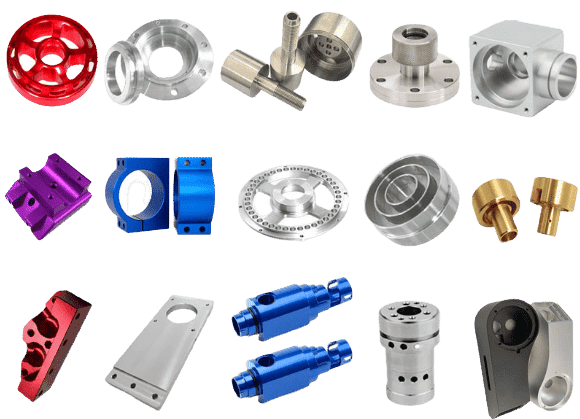
The vast majority of enterprises choose to implement CNC machining into their batch production processes. The utilization of high-quality machine tools is the only justification for performing this procedure.
In addition, the batch production that is carried out under the direction of a CNC machine specialist is far quicker and may be performed significantly more frequently than hand machining.
It is crucial to use CNC machining in batch production since the equipment is well-programmed and well-maintained to assure the regular uniformity of the quality job.
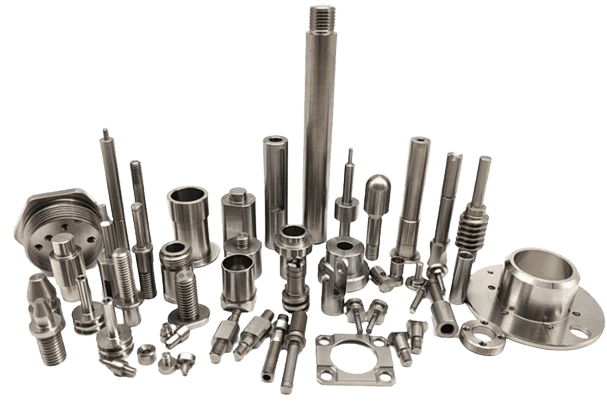
In addition to all of these advantages of using CNC machining for small batch manufacturing, cost-effectiveness is also a significant cause to fall for it.
This is one of the reasons why CNC machining is becoming increasingly popular.
This massive machine, in contrast to all others of its kind, does not require a costly setup; rather, it just needs a small amount of programming and maintenance.
Conclusion
Setup times can be reduced by including production engineering drawings in the CAD model, which can include details such as threads, tolerances, surface polish, and any necessary comments or instructions.
Keep in mind that the design is based on the needs of the finished product. In other words, these recommendations only show how to cut costs and cut down on time if the part design permits it.
If you want to develop the most cost-effective parts for low-volume orders, teaming up with a CNC machining business is your best bet.
 Call Us Today! (+86) 188-2253-7569
Call Us Today! (+86) 188-2253-7569